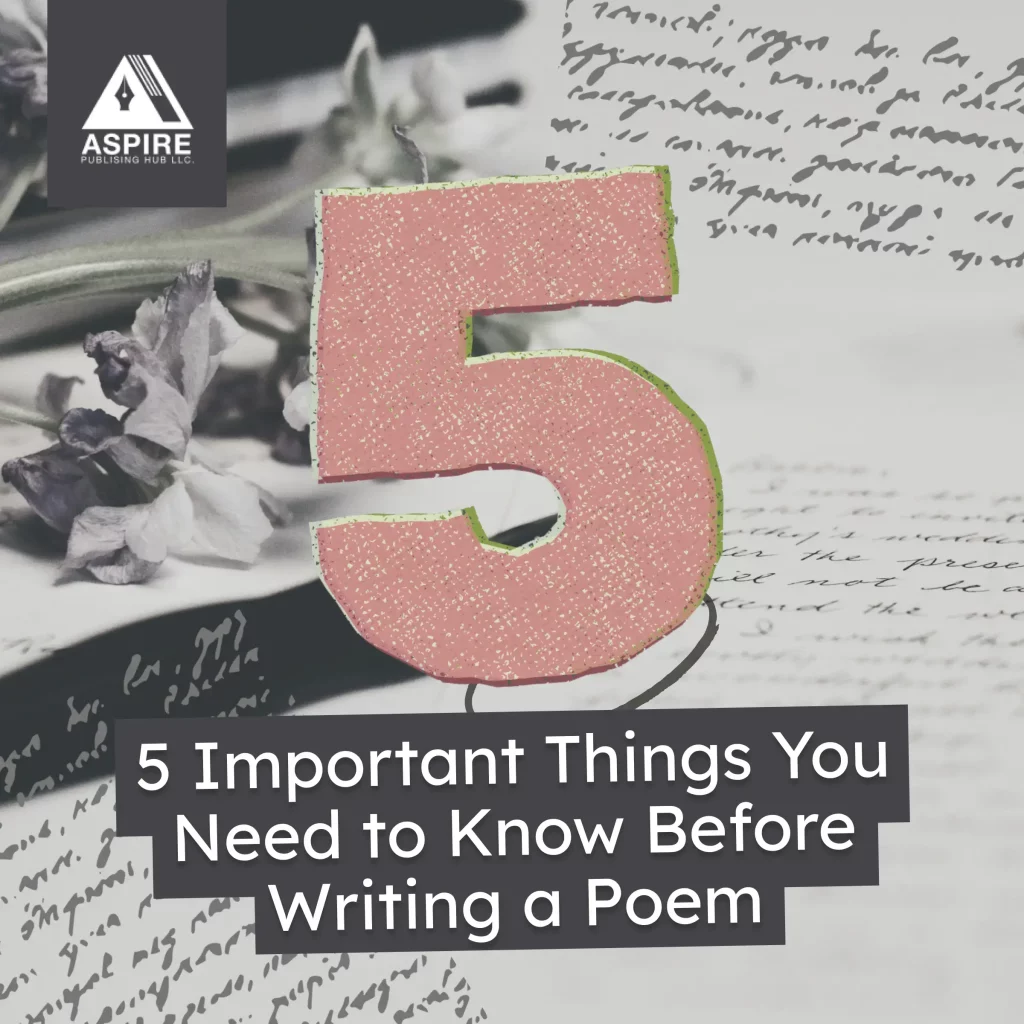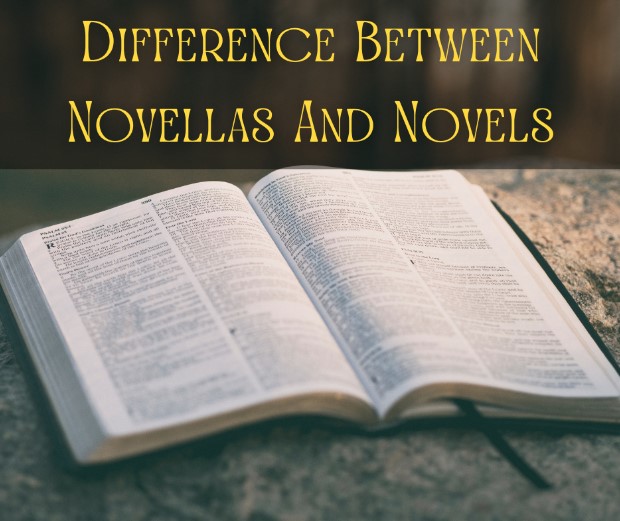Poetry is art, not just words on a page. With this guide, you can learn the seven most important parts of poetry and how to put them together.
Poetry is a creative and fun way to say what you want, tell a story, or figure out how you feel. To make sure your poems move people, it’s important to know the seven main parts of writing poetry. From rhyme and tone to figurative language and imagery, this guide looks at what you need to know to write poems that people will want to read.
1. The main idea: What does your poem talk about?
The subject and theme of your poem should be easy to understand. If someone asks, “What does this poem mean?” you should be able to answer in one or two sentences. It can be anything from a personal experience to a political issue to an abstract idea like love or justice. Remember that your theme will set the tone for the whole poem, so make sure it fits what you want to say.
2. Mood and Tone: How do you want readers to feel when they read your poem?
The mood and tone of a poem are very important parts that can have a big impact on how the people who read it feel. The mood of a poem is about how it makes the reader feel, while the tone is about how the poet feels or sees things. You can use both to great effect, whether you’re writing about sad things like death, tragedy, and grief or happy things like love and happiness. Before you start writing your poem, think carefully about what feelings and attitudes you want to express. This will give your poem focus and structure.
3. Structure: Will you use a traditional poetic form like a sonnet or something more unique like free verse?
The way a poem is put together can be a big part of how it is read and understood. Whether you choose a traditional form like a sonnet or villanelle or a more creative one like a list poem or free verse, make sure that the form you choose fits the subject of your poem and closely matches its mood and tone. Structure can also be used to draw attention to certain words, ideas, and themes, giving your work an extra layer of depth and interest.
4. Word Choice: Choose words that have the right rhythm, tone, and images for what you want to say.
When writing a poem, the words you use are very important. Using the right words helps create the tone and images you want, which makes it easier for your readers to understand and connect with your message. Make sure the words you choose fit the theme of your poem and show what you want to say in a clear, interesting way. Also, choose words with the right cadence or rhythm to make the poem sound musical and interesting.
5. Imagery: Use your five senses to come up with better descriptions that fit your theme and mood.
Every poem has images that are important to it. Use words that refer to the five senses—taste, smell, touch, sight, and sound—to paint a clear picture in the mind of the reader. Think about the texture or feeling you want to create and choose words that fit that. Imagery is a powerful way to make people feel things like fear, joy, or excitement. Also, don’t forget that vivid imagery doesn’t have to be literal. You can use metaphors and similes to create more poetic imagery.
Poetry writing is a creative and expressive way to express your emotions. It can be a wonderful outlet for feelings that are difficult to express in other ways. Consider a topic and generate ideas in order to get started. Once you have a number of ideas, you can use them to compose a poem. Consider the structure of a poem and how to express your thoughts most effectively. Use vivid imagery and powerful language to bring life to your poem. Do not fear experimenting with various poetic styles and forms. Remember to take your time and show yourself patience. Poetry writing can be a satisfying and rewarding experience.



